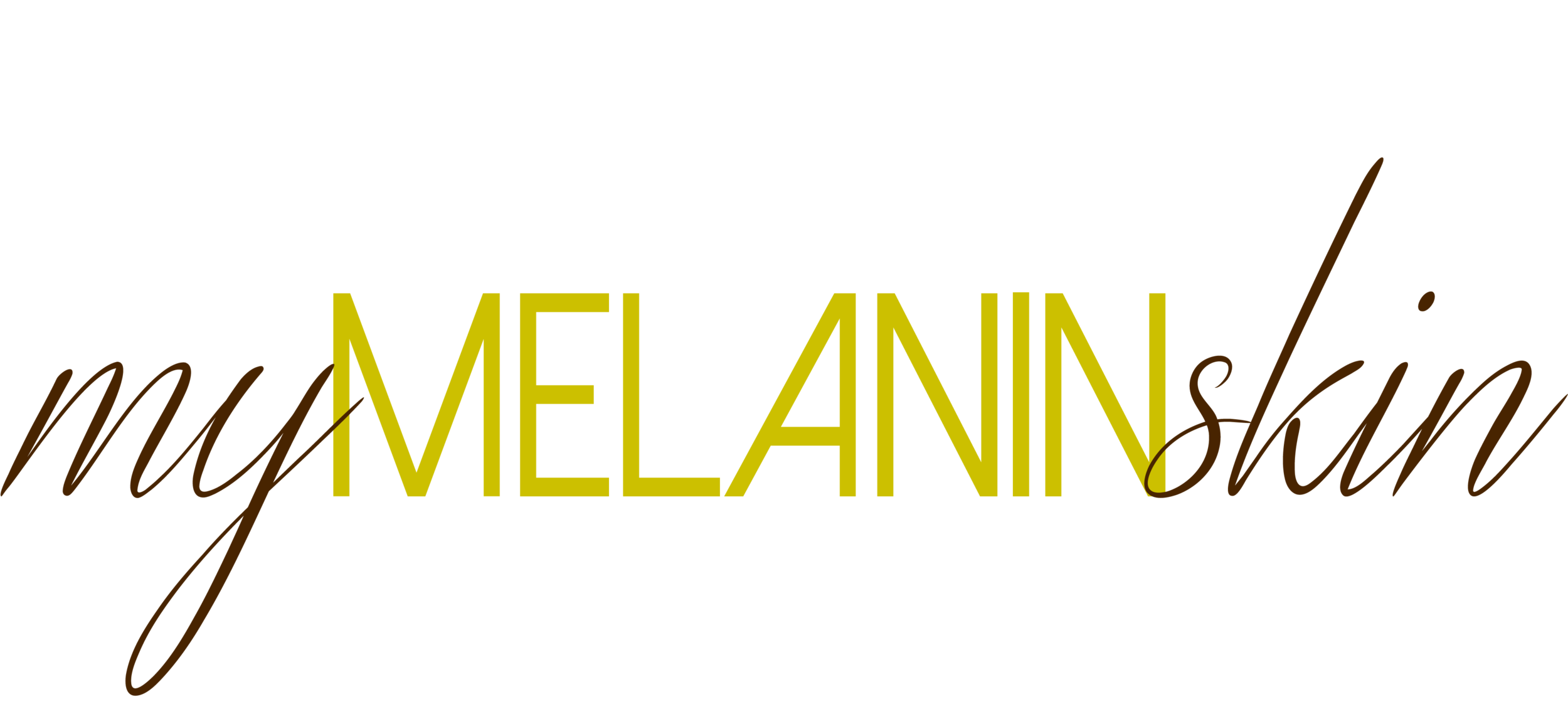DIY Facial So Simple You Must Try!
Incorporating facials as a part of your monthly beauty regimen, not only provides a pampering, relaxing experience; they also help in maintaining healthy skin. Save yourself a trip to the spa a few times a year and unwind at home with your favorite products!
The cleansing step to a facial is one of the most important. Cleansers assist in removing dirt, debris and makeup from the skin. This is vital in maintaining a healthy environment and for allowing any other products to adhere or penetrate into the skin. Plus, who wants to walk around with a dirty face?
Your cleanser is typically based on your current skin type and/or condition. For dry or mature skin, creamy cleansers are best to avoid moisture loss. For oily and acneic skin, gel or foam type cleansers are most popular.
The skin should be cleansed twice with a thorough rinse to remove any residue.
Toners are notoriously the most overlooked and often skipped skin care product. However, toners can also play a big part in a beneficial skin care routine. Toners refresh the skin, removes additional residue that may have not been removed by the cleanser and assists in lessening the appearance of pores.
Toners are most often water based solutions formulated with humectants such as glycerin, butylene glycol, propanediol, etc.
Apply toner to cleansed, dry skin.
Steam helps to open the pores, increase blood flow and circulation, aids in blackhead removal and can provide a detoxifying experience.
Be careful when using steam! It can cause serious burns, if not cautious.
Optional - add dried herbs and/or flowers to your steam bath for an extra treat!
The most overlooked and often times abused step in a facial routine. Exfoliation is key to removing dead skin and revealing a glowing appearance. Dead skin builds up daily and without proper exfoliation, can lead to a dry, dull look. However, be cautious, too much exfoliation can remove too many layers of the skin causing further irritation and damage.
Exfoliators come in several forms. There are two basic categories in which these fall: physical and mechanical. Physical exfoliators include alpha and beta hydroxy acids or enzymes. Mechanical exfoliators can include sugar, salt, beads, seeds, etc.
This is by far one of my favorite steps in my at-home facial routine. Masks are ways to address specific skin concerns (and a great way to relax!). They can serve to lock in additional moisture and active ingredients or draw out impurities. Multi-functioning at it's best!
Masks also have a wide range of availability. From sheet, overnight, peel-off to foaming, there is a fit for any and every skin type and skin concern.
Moisturizers help to replenish the moisture and oils in the skin after cleansing. This step is important in avoiding dry, crepe like skin. When the skin is stripped of its oils, the skin goes into overdrive to try and replenish what was lost.
SPF is a must on a daily basis, regardless of ethnicity. The sun's rays are so powerful and detrimental to unprotected skin. With ethnic skin, the skin can hyperpigment (become darker) and makes dark spots harder to fix.
Do you currently do at-home facials? If so, what are your go-to products? If not, what are you waiting on?!






